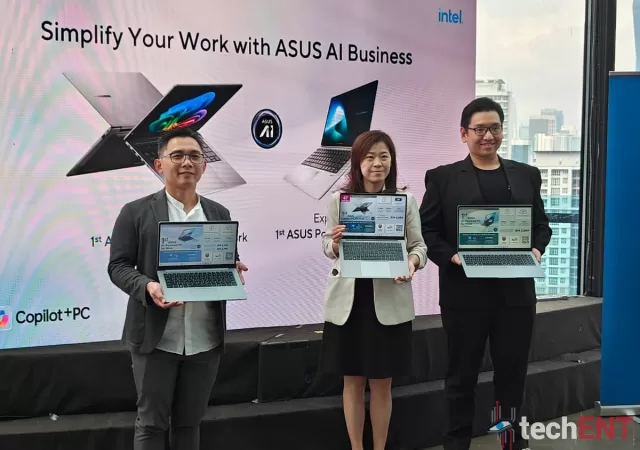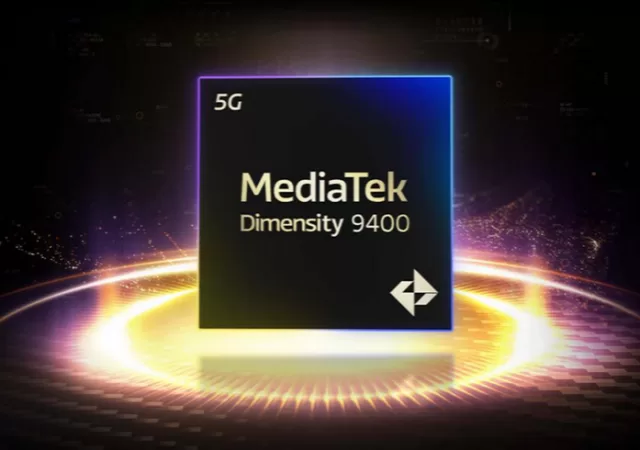ASUS announces the new NUC 14 Pro AI which ushers in a new generation of NUC mini PCs after taking over the project from Intel.
From Confusion to Clarity: How InsureKU Simplifies Insurance with AI
The insurance industry has long been associated with complexity, opaque processes, and a significant knowledge gap between providers and consumers. For years, consumers have struggled to navigate the maze of insurance options, bogged down by technical jargon, lengthy claims processes,…
Ways AI Has Changed Digital Marketing In 2024
Learn about the impact of artificial intelligence (AI) on industries and the significant revenue growth it has generated.
OPPO Find X8 Series Makes International Debut with New Hasselblad Camera System
OPPO’s new flagship Find X8 Series makes its international debut with the MediaTek 9400 chipset and a brand new Hasselblad Master Camera Setup.
ASUS Expands ExpertBook Offerings in Malaysia with Two New Models
ASUS expands its business offerings with two new ExpertBook laptops – the ExpertBook P1 and the ExpertBook P5.
Sustainability for the AI Future Needs to Start with Data Centres
Data centres are going to be the backbone of a digitised future. As such, their sustainability is becoming an increasingly important factor for companies.
Developing and Enhancing Cyber Resilience in Core Infrastructure
From mobile dominance to cybersecurity and threat intelligence, BlackBerry has pivoted to apply its know-how to enhance and enable cyber resilience at scale.
Infinix HOT 50 5G Heats Up the Entry-Level Smartphone Market
Infinix is gunning for gold with the feature packed HOT 50 5G that comes with impressive specifications for an entry level device.
MediaTek Unveils the Dimensity 9400: A Powerful New Chip for Next-Generation Smartphones
MediaTek announces the Dimensity 9400 processor which takes a step forward in chip architecture and focuses on delivering on-device AI features.












![BurgundyDream 16 9 English (1)[1]](https://techent.tv/wp-content/uploads/2024/09/BurgundyDream_16-9_English-11-640x450.webp)